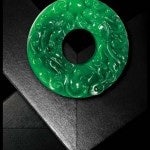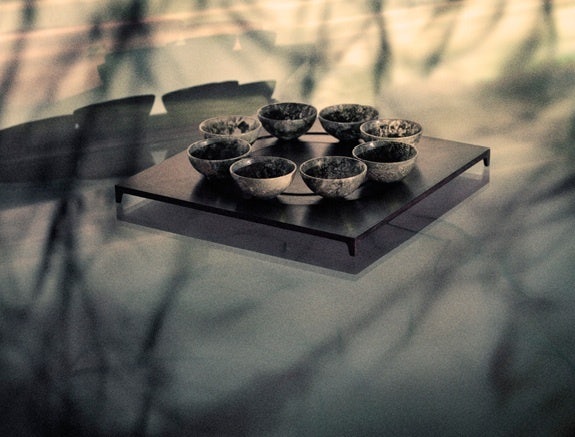Shang Xia, Qeelin, Zhaoyi, Shanghai VIVE Strive To Become Household Names#
Though foreign brands have dominated the China luxury market since its first stirrings in the early 1980s, in recent years domestic brands have appeared on the scene, intent on leveraging their understanding of traditional Chinese craftsmanship, cultural cues and aesthetics to create "luxury, made in China." Following earlier examples like Taiwan's Shiatzy Chen (founded 1978) and Hong Kong's Shanghai Tang (1994), the last decade has seen several new mainland Chinese luxury brands hit the scene, including NE-TIGER (1997), Zhaoyi Jade (2003), LAN Fine Jewelry (2009), Shang Xia (2010), and Shanghai VIVE (2010). Putting aside the question, "Are Chinese shoppers ready for made-in-China luxury?" for a moment -- a question Jing Daily has addressed before -- the China business news series Thoughtful China looks at some of the new high-end upstarts appearing in mainland China and asks, "Are Westerners ready for Chinese luxury brands, and can local luxury brands provide the status that Chinese shoppers want?"

While the question of whether the world is ready for Chinese luxury brands, and whether they'll encounter apathy among China's status-obsessed middle- and upper-middle-class consumers continues to be bandied about, we don't see any reason why these brands can't succeed, given they have enough support from their founders and investors to grow and evolve over time. As Shang Xia CEO and artistic director, Jiang Qiong'er told Jing Daily last month, one advantage that domestic brands have over their foreign counterparts is a cultural resonance that appeals to a broad swathe of China's more sophisticated and educated consumers.
Said Jiang, reflecting on the popularity of Shang Xia among aesthetes in both north and south China, "I think maybe it’s because we’re based on Chinese culture — [our customers] all love jade or zitan, or they all drink tea. But if you look at the market, you have few quality options in this field. You have replicas of Ming Dynasty furniture...or antiques. But you don’t have traditional know-how, great quality, and contemporary design. So we are quite unique in this market. People from all over China, even from Hong Kong or Taiwan, share a lot in common in terms of appreciation of our collection in general." Echoing Jiang's conception of her brand as a way to change conceptions of Chinese craftsmanship, Shanghai-based consultant Yann Debelle de Montby recently wrote for the FT, "I believe that with brands such as Shang Xia and Shanghai VIVE, China is slowly but surely throwing off the poor image that's become associated with the words 'Made in China.'"

Agate "shan shui" cup set by Shang Xia